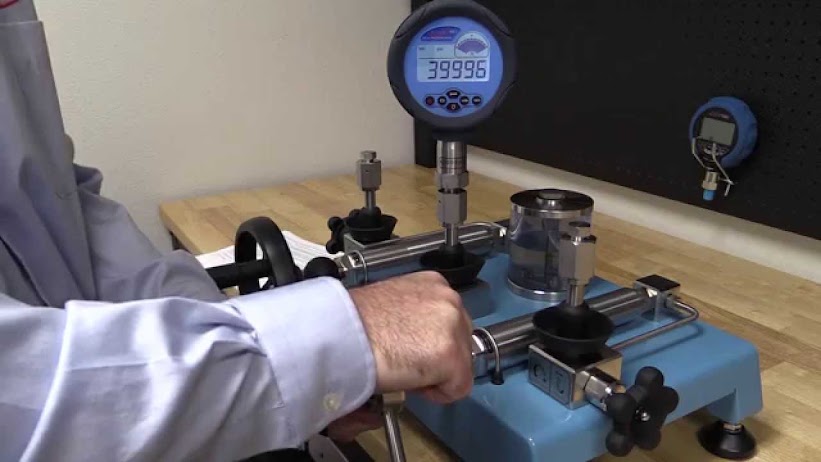Questions To Ask Before You Choose A Pressure Calibration Solution

Pressure calibration equipment is a critical component to the success of your business. It's expensive, so you don't want to make a mistake in purchasing or servicing it. That's why you should ask yourself these five questions before choosing a pressure calibration solution: How Many Pressure Calibrators Do I Need? The number of pressure calibrators you need to purchase depends on the following factors: How many processes do you have? How many locations do you have? How many different pressure ranges do you need calibrated? What Accuracy Level Do I Need? Suppose you're wondering what accuracy level your application requires. In that case, you can use a simple rule of thumb: high accuracy levels are generally required for critical applications, like medical equipment or air traffic control. Low accuracy levels are usually sufficient for non-critical applications like HVAC equipment or manufacturing lines. But how do you know if your a...


